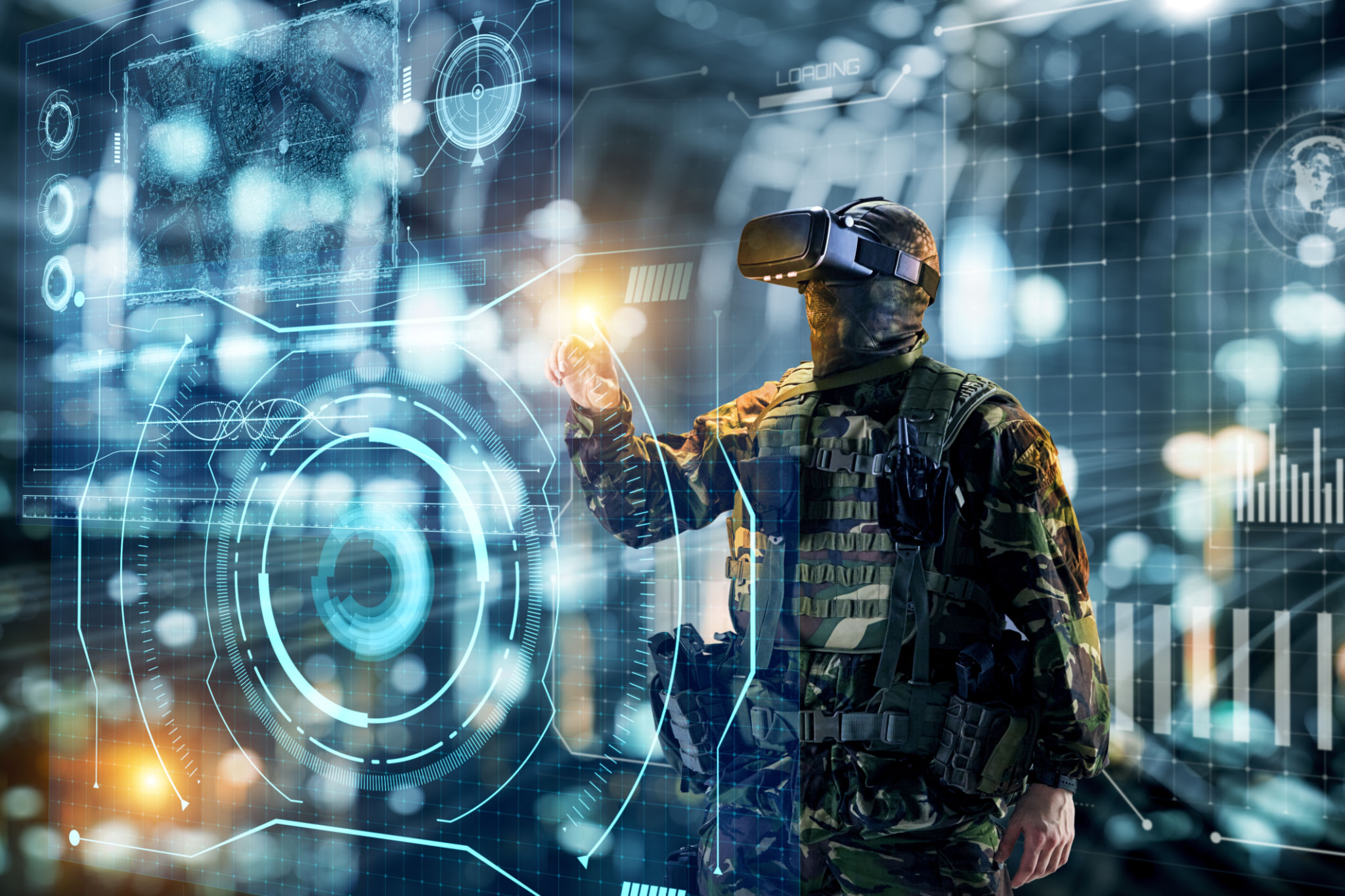Understanding Digital Twin Technology in Defense: A Comprehensive Guide
Introduction to Digital Twin Technology in Defense
Digital twin technology is rapidly transforming various industries, and the defense sector is no exception. As the defense industry continuously seeks ways to enhance operational efficiency and effectiveness, digital twins offer a revolutionary approach to simulate, predict, and optimize systems and processes. In this comprehensive guide, we will explore how digital twin technology is being leveraged in defense and its potential impact on military operations.

What is Digital Twin Technology?
A digital twin is a virtual replica of a physical object, system, or process. It uses real-time data and advanced simulation techniques to provide insights into the performance and behavior of its physical counterpart. By creating a digital representation, organizations can monitor, analyze, and optimize their operations without the risks associated with real-world testing.
In the defense sector, digital twins can be applied to a wide array of applications, from equipment maintenance and mission planning to enhancing situational awareness on the battlefield. This ability to model and simulate scenarios offers significant advantages in terms of cost, safety, and efficiency.
Application of Digital Twins in Defense
Predictive Maintenance
One of the most impactful applications of digital twin technology in defense is predictive maintenance. By creating a digital twin of military equipment, such as aircraft or naval vessels, defense organizations can monitor their condition in real-time. This enables timely maintenance interventions before faults occur, reducing downtime and extending the lifespan of critical assets.

Mission Planning and Training
Digital twins allow for enhanced mission planning and training by simulating various operational scenarios. Military strategists can use these simulations to evaluate strategies, anticipate potential challenges, and optimize resource allocation. Additionally, troops can train using virtual environments that closely mimic real-world conditions, improving readiness and adaptability.
Enhanced Situational Awareness
In complex and dynamic environments like the battlefield, having accurate situational awareness is crucial. Digital twins can integrate data from multiple sources to provide a comprehensive view of the operational environment. This real-time insight helps commanders make informed decisions quickly, potentially altering the course of engagements for favorable outcomes.

The Benefits of Digital Twin Technology in Defense
- Cost Efficiency: By reducing the need for physical prototypes and enabling predictive maintenance, digital twins can significantly cut costs associated with equipment testing and repair.
- Improved Safety: Virtual simulations allow for risk-free testing of new strategies and technologies, ensuring personnel safety during training and mission planning.
- Increased Agility: Real-time data analytics enable rapid response to changing conditions, enhancing operational agility on and off the battlefield.
The Future of Digital Twins in Defense
The potential of digital twin technology in the defense sector is vast. As technology advances, we can expect even more sophisticated simulations that integrate artificial intelligence and machine learning. These advancements will further enhance the predictive capabilities of digital twins, leading to more informed decision-making and strategic planning.
Moreover, as data becomes more interconnected and accessible across defense networks, digital twins will play an increasingly central role in shaping modern military operations. The future holds exciting possibilities for leveraging this technology to maintain a strategic advantage in an ever-evolving global landscape.

